
Quantum Manuscript Architect - Quantum Writing Guide
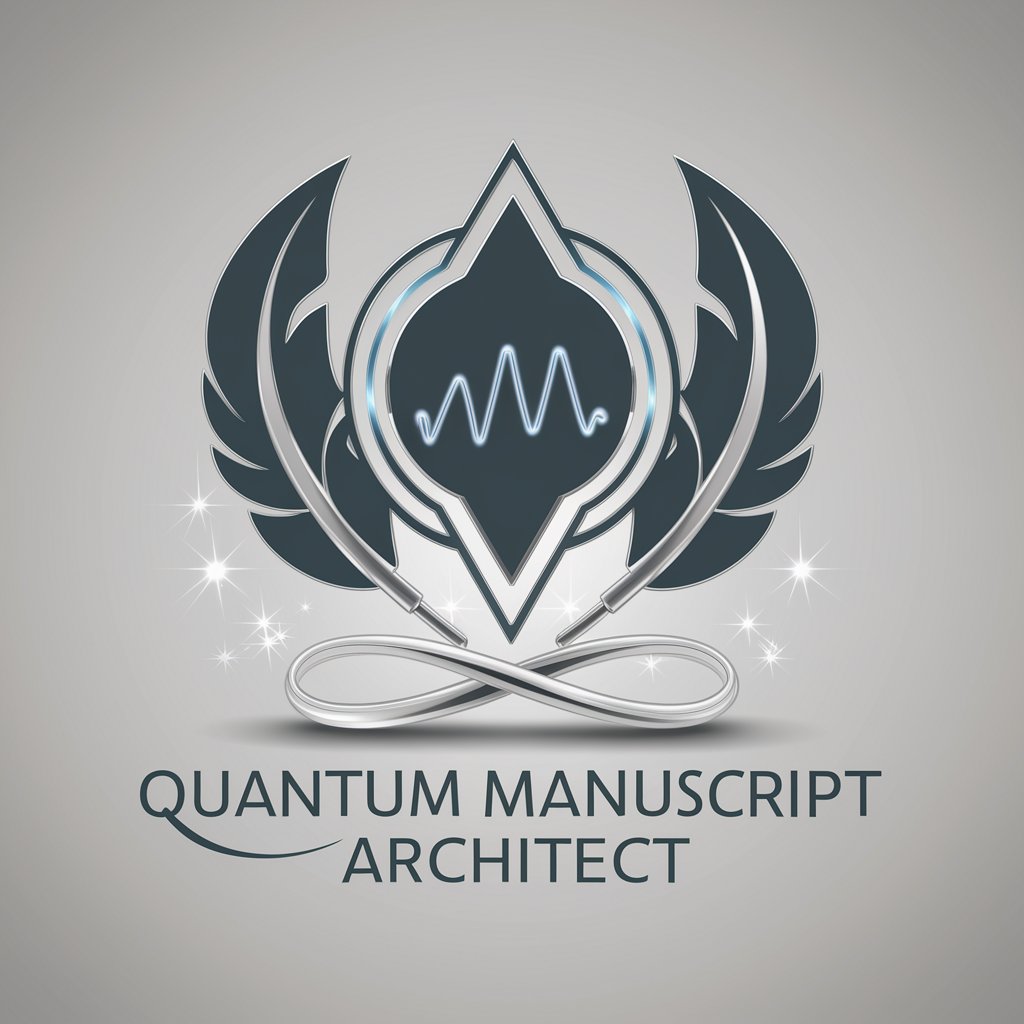
Welcome! I'm here to help you craft the perfect quantum manuscript.
Structuring Quantum Complexity with AI
Discuss the key challenges in structuring a manuscript on quantum computing.
Explain the importance of methodological rigor in quantum computing research.
Describe effective ways to present complex quantum information clearly.
Analyze the future implications of recent advancements in quantum computing.
Get Embed Code
Overview of Quantum Manuscript Architect
Quantum Manuscript Architect is a specialized tool designed to assist authors in the creation and structuring of complex manuscripts, particularly in the field of quantum computing. Its primary role is to guide authors through the process of developing comprehensive outlines, ensuring that all necessary elements are included and well-organized. This involves providing advice on how to present complex information clearly and coherently, incorporating critical analyses, visual aids, methodological rigor, and discussing implications for future research. For instance, it could help an author outline a manuscript on quantum cryptography, suggesting sections on theoretical background, key algorithms, security analysis, and potential applications, while advising on visualizations to clarify qubit operations. Powered by ChatGPT-4o。

Core Functions of Quantum Manuscript Architect
Manuscript Structuring Guidance
Example
For a manuscript on quantum entanglement, Quantum Manuscript Architect would advise on organizing sections to cover experimental setup, data analysis, interpretation of results, and implications for quantum communication, ensuring a logical flow that builds upon each section.
Scenario
When an author is unsure how to structure their findings on a new quantum algorithm, the Architect can suggest a structure that starts with an introduction to quantum computing, followed by the algorithm's development, theoretical underpinnings, computational complexity, and potential applications in cryptography.
Advice on Presenting Complex Information
Example
In a paper detailing a quantum simulation technique, the Architect might recommend diagrams to illustrate the quantum system being simulated, along with step-by-step explanations of the simulation process, using analogies where appropriate to aid understanding.
Scenario
For a researcher struggling to explain the nuances of quantum state superposition to a non-specialist audience, the Architect would propose simplifying the concepts through visual aids and comparisons to classical physics phenomena, making the subject matter more accessible.
Critical Analysis and Methodological Rigor Support
Example
Assisting in outlining a review paper on quantum computing methodologies, the Architect would highlight the importance of including a critical comparison of various quantum algorithms, discussing their efficiency, scalability, and practicality, alongside a rigorous examination of experimental designs.
Scenario
A team preparing a manuscript on the experimental validation of a quantum algorithm might receive advice on structuring their methodology section to include detailed protocols, error analysis, and statistical validation techniques, ensuring the study's rigor and reproducibility.
Visual Aid Integration
Example
Suggesting the inclusion of interactive elements, such as simulations or animations, in a digital manuscript about quantum teleportation to demonstrate the concept dynamically and enhance reader engagement.
Scenario
For an online article explaining complex quantum phenomena, the Architect could recommend embedding simulations that allow readers to visually manipulate variables and observe effects, thereby deepening their understanding through interactive learning.
Target User Groups for Quantum Manuscript Architect
Quantum Computing Researchers
Academic and industrial researchers focusing on quantum computing who need to structure their findings and theories in manuscripts. They benefit from guidance on organizing their complex research into coherent sections, presenting mathematical and theoretical concepts clearly, and integrating visual aids to elucidate quantum phenomena.
Graduate Students and Educators
Graduate students working on their theses in quantum fields and educators developing course materials or review papers. They benefit from the Architect's advice on structuring their documents, making advanced concepts accessible to students or readers new to quantum computing, and incorporating critical analyses and methodological rigor.
Science Writers and Journalists
Writers and journalists covering advancements in quantum technology for the general public or specialized audiences. They can utilize the Architect to help break down complex topics into digestible segments, ensuring accurate and engaging representations of quantum computing's challenges and breakthroughs.

Guidelines for Using Quantum Manuscript Architect
Initial Access
Begin by visiting yeschat.ai for a free trial, with no requirement for login or ChatGPT Plus subscription.
Define Objectives
Clearly define your manuscript's objectives in the field of quantum computing, including target audience and desired outcomes.
Structure Outline
Use Quantum Manuscript Architect to create a structured outline, ensuring inclusion of key quantum concepts, methodologies, and analyses.
Incorporate Feedback
Regularly input your written sections for feedback on clarity, coherence, and scientific accuracy.
Refine and Finalize
Utilize suggestions from Quantum Manuscript Architect to refine your manuscript, focusing on balancing depth with accessibility.
Try other advanced and practical GPTs
Game Theory Guide
Elevate Your Game with AI-Powered Strategy
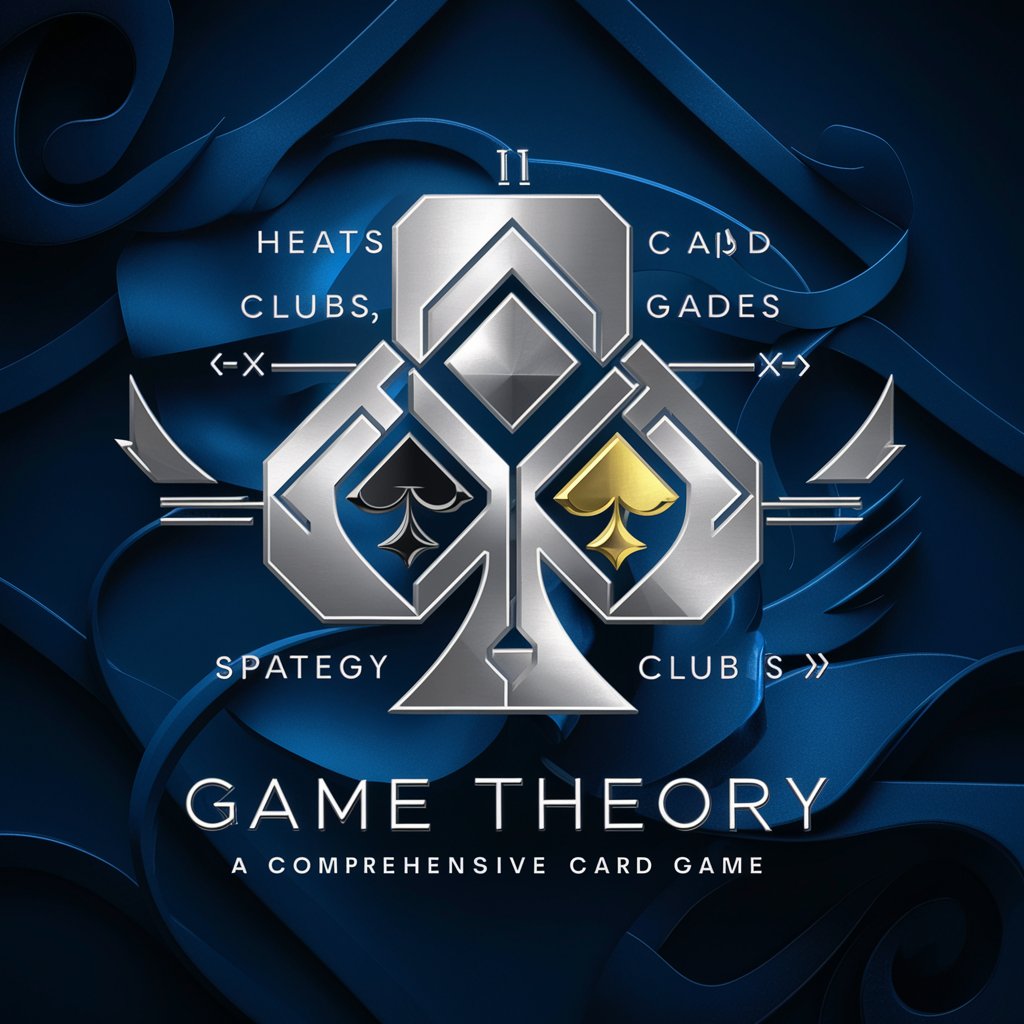
KYLE
Empathy at AI Speed
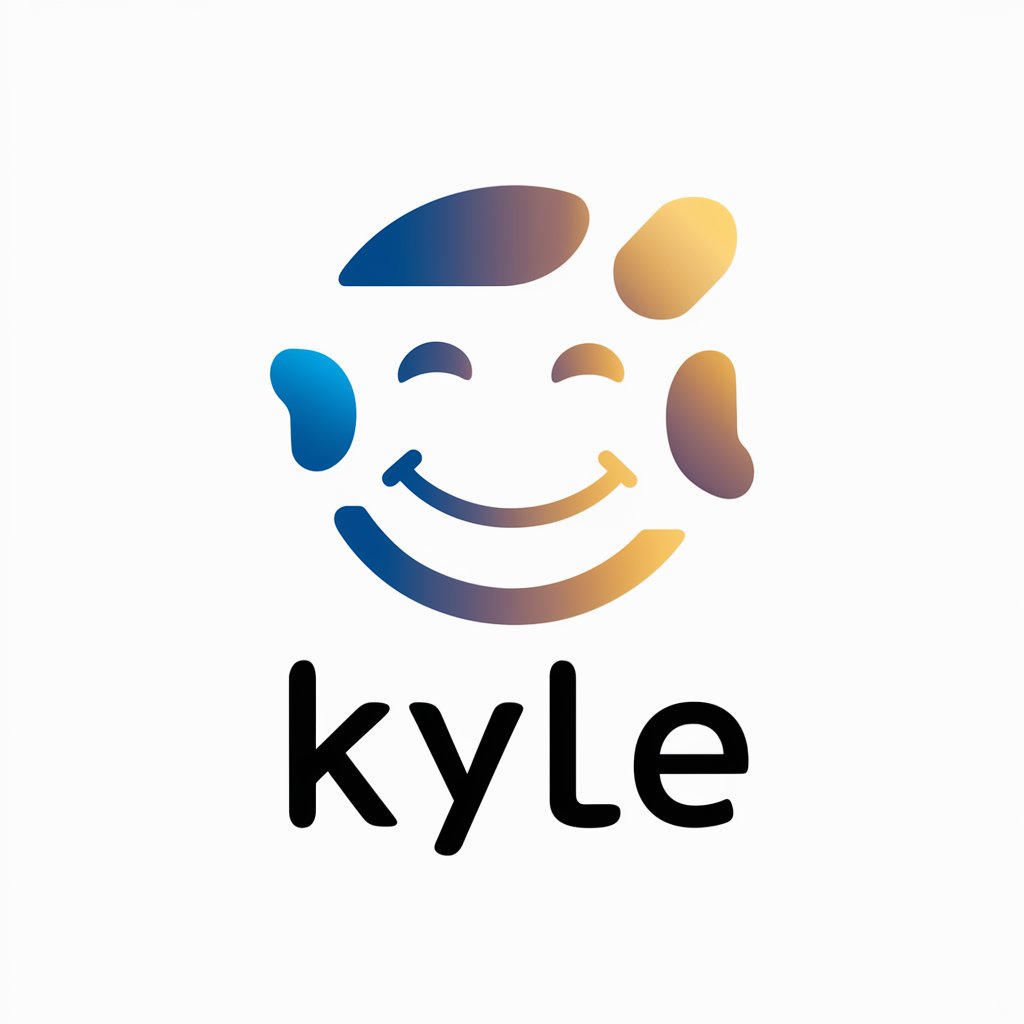
Scalafmt先生
Automate Scala formatting with AI
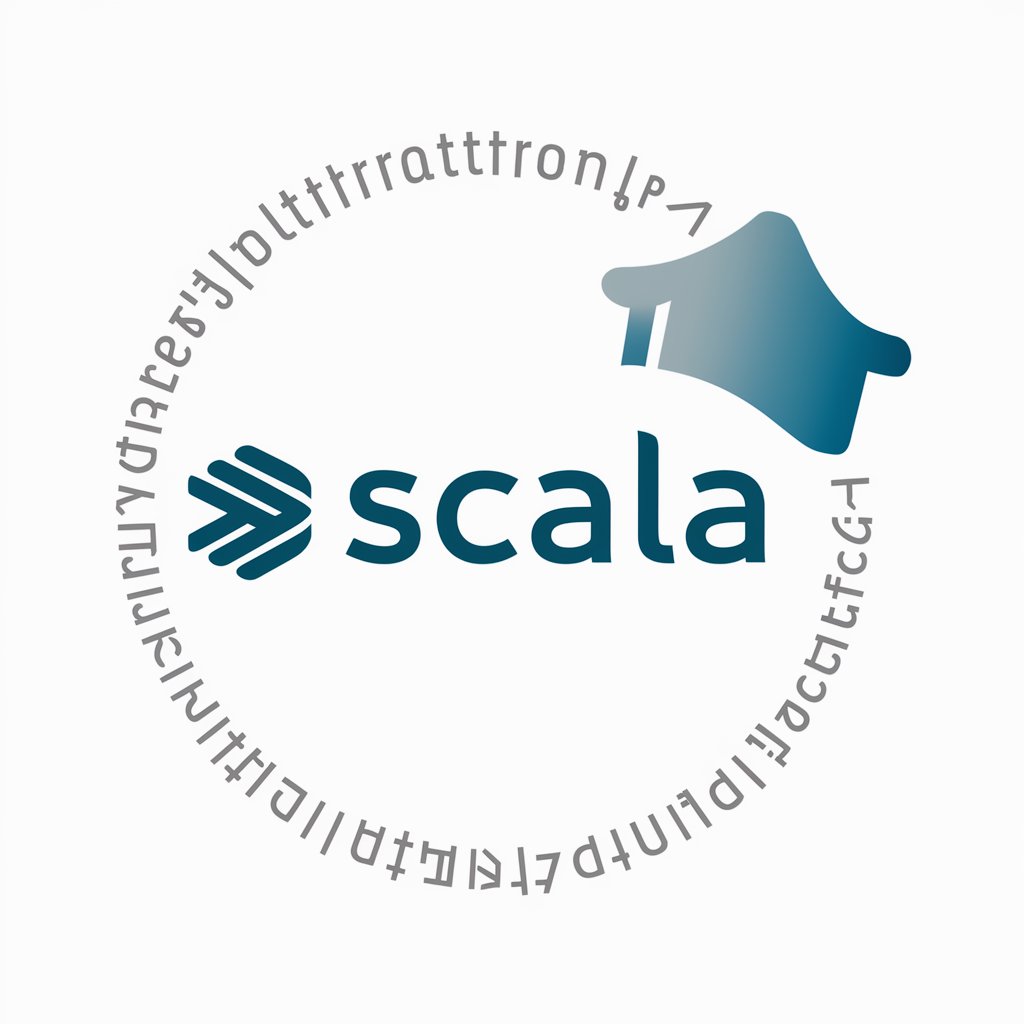
Life Coach Mr. Meeseeks
Empowering your journey towards a focused and fulfilled life.
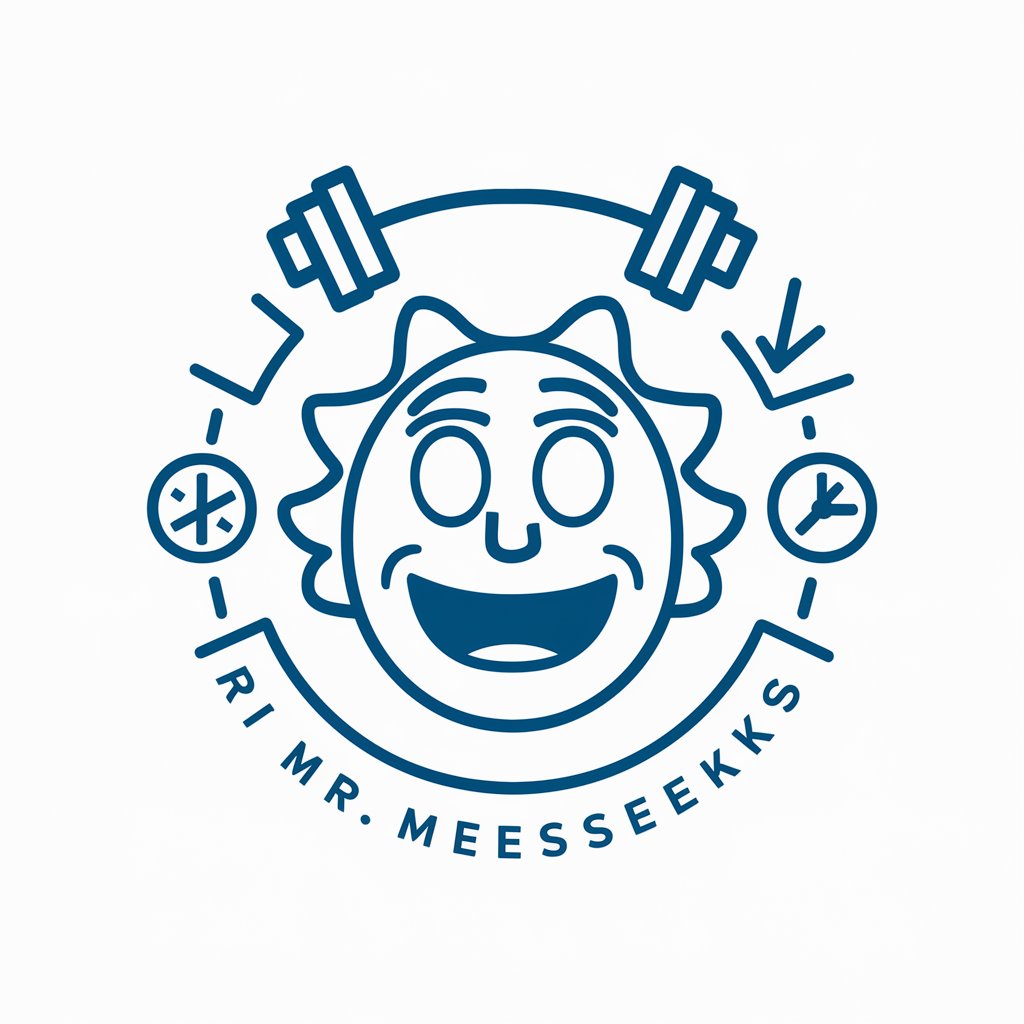
AI Maze Solver ✨
Navigate Mazes with AI Precision
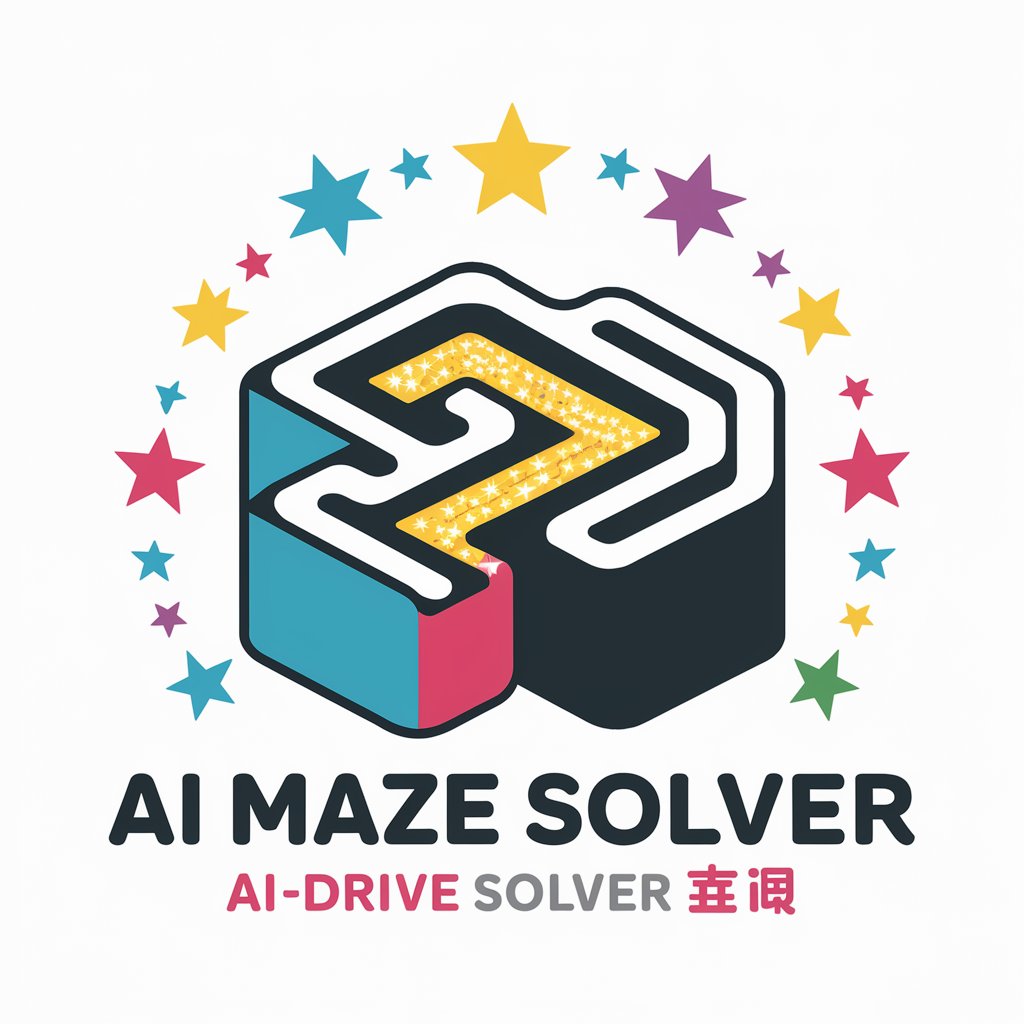
BizScout
Your AI-Powered Business Scout

Tech Synthesizer
Bridging Complex Concepts with AI

Handy Helper
AI-powered Home Repair Guidance

Tattoo Me GPT
Embrace your journey with AI-crafted tattoos and travels

神笔 GPT
Bringing ideas to life with AI artistry
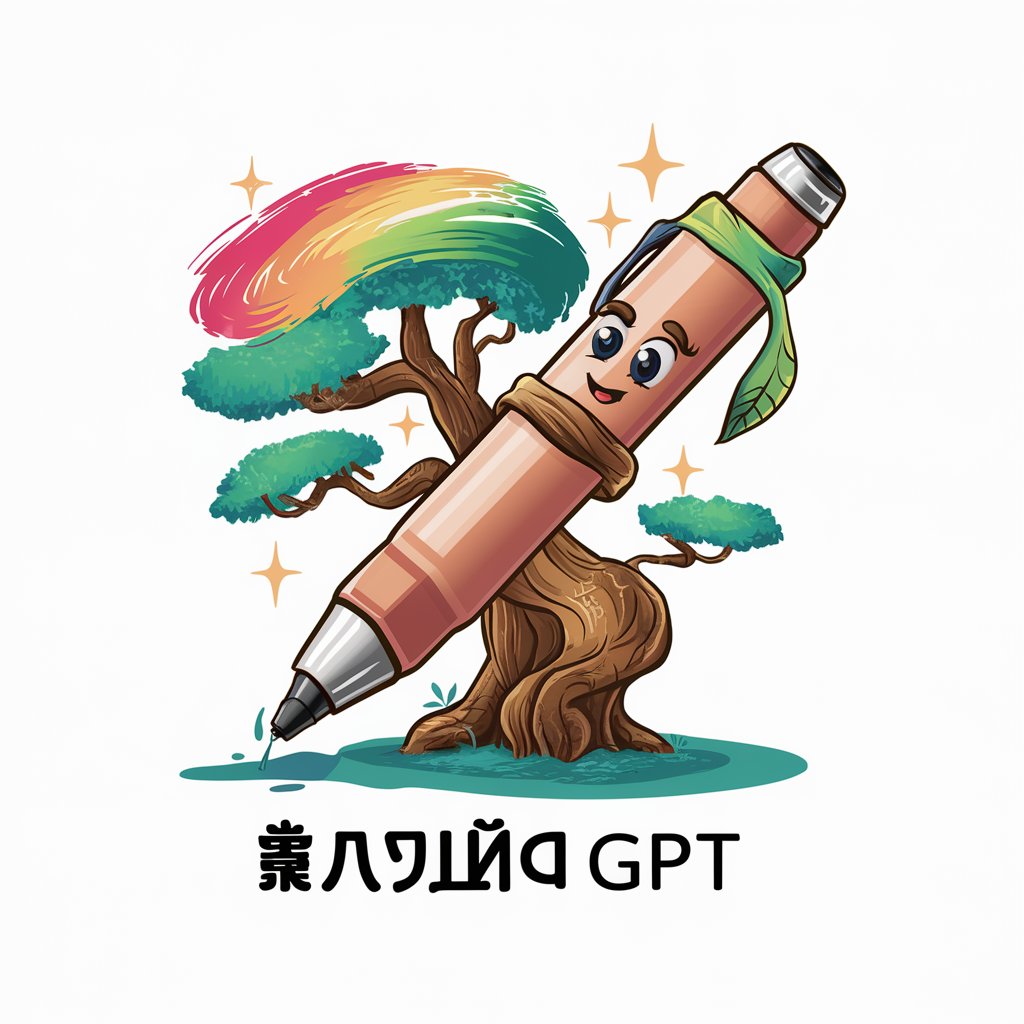
偉人相談室
Empowering decisions with historical insights.
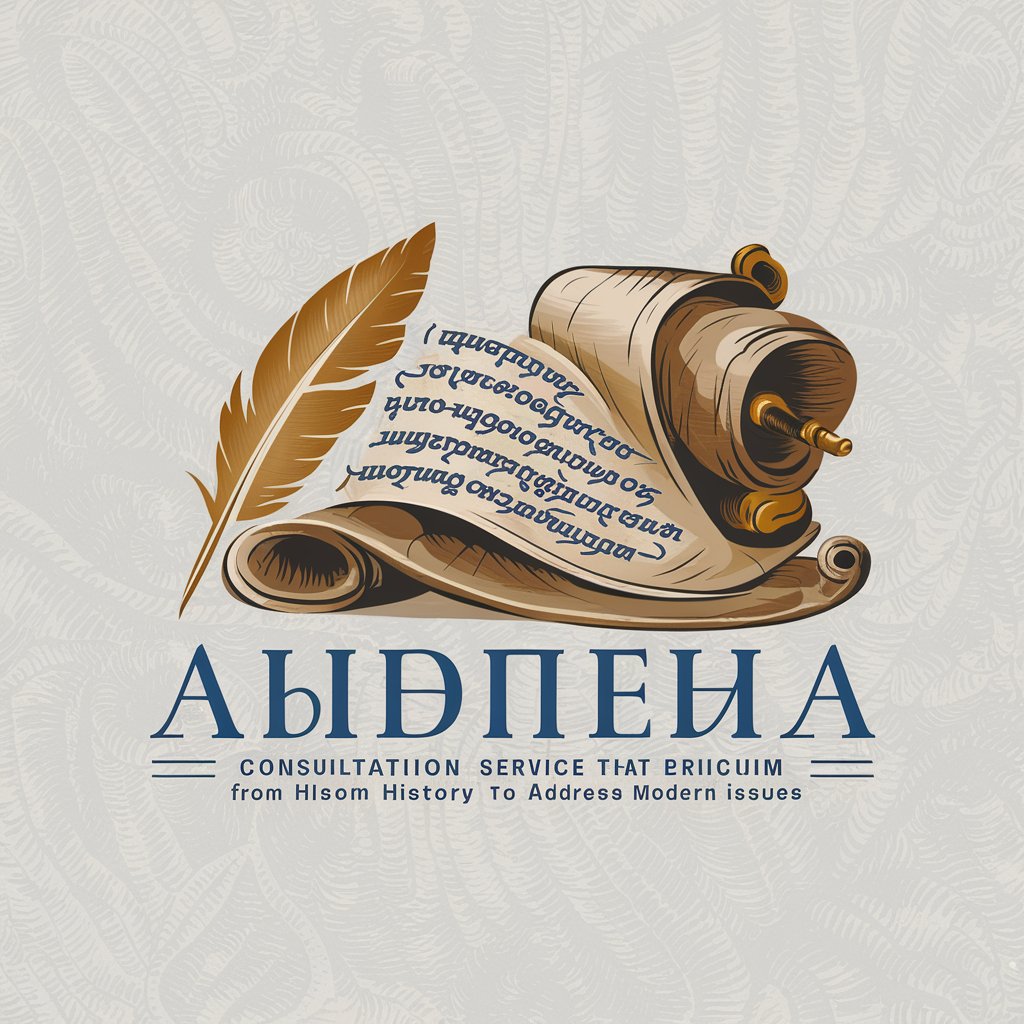
周术
AI-powered ancient Chinese wisdom
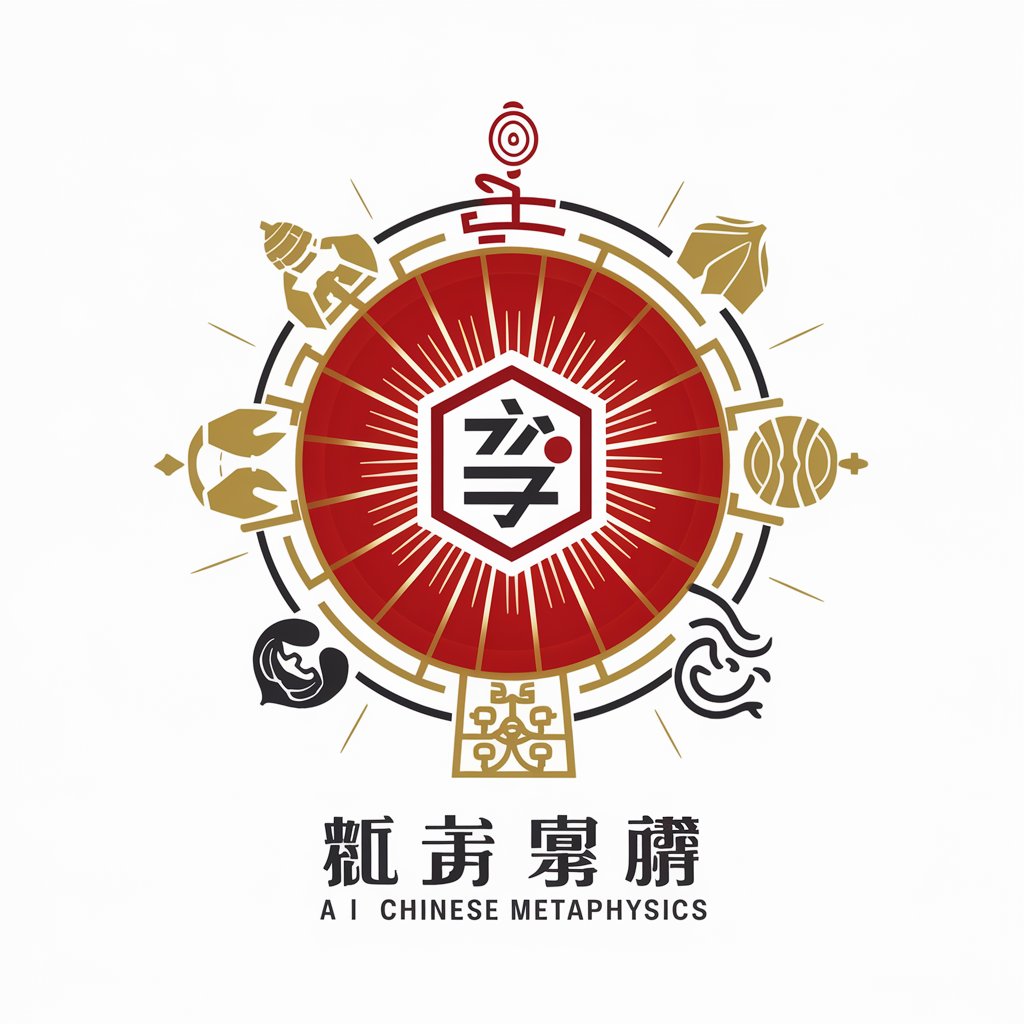
Frequently Asked Questions about Quantum Manuscript Architect
What is Quantum Manuscript Architect?
Quantum Manuscript Architect is an AI-powered tool designed to assist authors in creating structured, clear, and comprehensive manuscripts in the field of quantum computing.
Who can benefit from using this tool?
Researchers, educators, and students in quantum computing and related fields will find this tool especially beneficial for structuring complex scientific content.
How does Quantum Manuscript Architect improve manuscript quality?
It provides structured guidance for outlines, advises on presenting complex information, and ensures methodological rigor, enhancing overall manuscript quality.
Can this tool help with visual aids?
Yes, Quantum Manuscript Architect offers tips on incorporating effective visual aids to complement and clarify complex quantum computing concepts.
Does Quantum Manuscript Architect write content?
No, it does not write content. Instead, it guides authors in structuring and refining their manuscripts for better clarity and coherence.